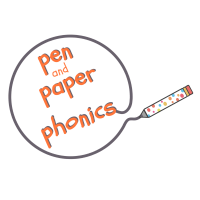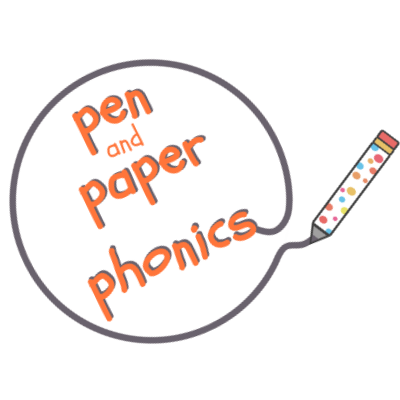
A listening game is a great way to develop pre reading skills.
At first glance, it does not seem like listening and reading have much to do with each other.
But they really do!
This is because good listening skills prepare children to be able to hear the individual sounds in words.
This is essential for reading.
And it’s called phonological awareness.
Phonological Awareness Background Information
(Or, Jump straight to the activity)
Phonological awareness is about teaching children to hear and talk about the sounds around them, in particular, the sounds contained within speech.
It is the first, and vital, stage of the phonics journey.
Phonological awareness starts with general sound discrimination, for example, the sounds in the environment.
It moves on to hearing and playing with sounds in words, for example, words that start with the same sound (alliteration) or have similar ending ‘chunks’ of sound (rhyming).
It ends with hearing specific sounds in words, such as the /o/ sound in the middle of ‘top’. When children can blend and segment the sounds in words, then they are ready to start linking sounds to letters.
Phonological awareness activities are therefore an important part of all phonics activities and learning.

The Basic Idea for “Where’s Nellie” Listening Game
The basic idea behind this game is that children listen for a sound, and when it stops, they run to find the person making the sound.
In essence, it is very simple, but it is great for helping children concentrate and listen for a particular sound. Later on, as they start to think about sounds in words, they will have practice in listening carefully.
If you would like help to know if this would be a good activity for your child or group, click here for more information.
“Where’s Nellie?” Listening Game
What you will need

- A soft toy,
- A bell or small instrument (I use a cat toy with a bell in it).
How to play
- Introduce the soft toy. I have a toy that I use for all listening activities – an elephant (called Nellie!). I introduce Nellie and say that she has big ears because she is such a good listener. It’s a great way to get children engaged in the game.
- Show your child that the soft toy has a bell with them.
- Get the toy to ring the bell (you’ll have to pretend and do this for them!)
- Explain that the toy animal is going to ring the bell and move to a different room. The child or group cannot follow, but when the ringing stops, they have to run and find the animal (and you!)
- Try this a few times, move with the toy (ringing the bell), into a different room.
- Each time you do it, go to a different place such as a different room, either going further away, or not as far, or perhaps hiding in a room.
- If your child can’t find you, then ring the bell again to give them a little hint.
- Celebrate when they find you and reset the game. Each time your child finds you, you could give them a token or a sticker to celebrate, and to motivate them.
- After a few times, the child might like to go with the toy and bell and you go and find them.

*In the resources section of this post, there is a free downloadable set of tokens for you to use with this game.

To Note
There’s always the possibility that a child doesn’t like being left alone before they come and find you. You will know your child best. It’s important that you are in a place that they know well. You can also use the room you are in, for example hiding behind a chair.
If you are playing this with a group of children, it is better to have another adult with you. That way one can be with the animal and one can be with children, helping them to wait until the ringing stops before they come and find you.

How to Adapt
Use a different instrument: a great way to adapt this game is to use another type of bell or instrument, maybe a drum, or a shaker. This varies the difficulty of the game because a shaker might be harder to hear.

Take it outside: If you have an enclosed garden or yard, play a similar game but outside. It might be more difficult to hear the bell because of outside noises, so the game needs another level of listening skill.

Resources
Listening Tokens for “Where’s Nellie?” Listening Game
Related Content
- Interested in more early childhood activities? This post has activities suitable for children aged 3 and older:
- Want to know more about phonics? Click on the images to find out about what phonics is and how to use it to teach reading:


- Want more listening games? There are lots of great places to find listening games on the internet, and all listening games help strengthen the skills needed for reading.
Is this “Where’s Nellie?” listening game right for my child?
Sometimes, it can be difficult to know if an activity will be helpful for your child or student. This game in particular is suitable for any 3, 4 or 5 year old (and I bet older children will enjoy it too!) For this activity, the questions below might help:
- Is your child in the 3-5 age range?
- Or, are they older, but struggling to hear individual sounds in words? They might need practice in hearing and talking about sounds around them.
- Do they enjoy, or do you want them to stories, games and listening activities?
If the answer is ‘yes’ to these questions, then this “Where’s Nellie?” listening activity will be a great way to practice listening skills.


